The dawn of a new era for Chinese luxury brands: 6 hypotheses on the future of luxury in China

In 2023, China’s luxury market made a significant rebound, surging by 12% year-on-year after a pandemic-induced dip the previous year, Chinese luxury market is on track to become the world’s largest, with Chinese luxury consumption estimated to account for 35%-40% of the global total by 2030. Alongside the development of the Chinese economy and its […]
Sparkling shift: China’s diamond market evolution and the rise of lab-grown gems

China’s diamond market has been the world’s second-largest for over a decade. According to Statista, the Chinese diamond jewelry market was valued at approximately USD 8.8 billion in 2022. This article aims to explore the dynamic landscape of China’s jewelry market, specifically emphasizing the shifting trends within the diamond sector. Download our China luxury market report Driving […]
Ralph Lauren’s resonance with China’s 2023 online trends
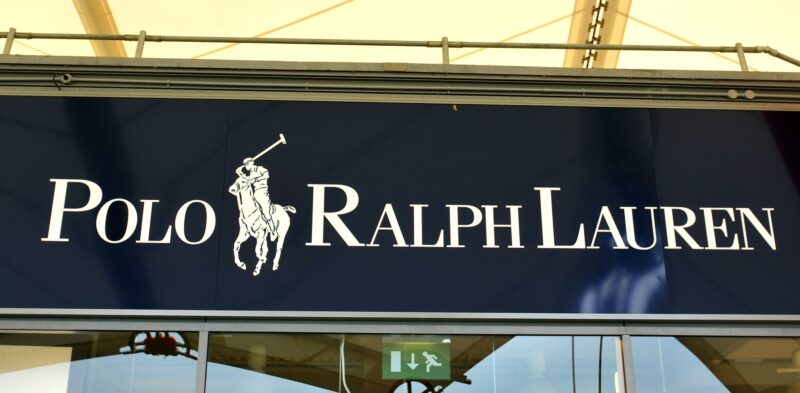
Ralph Lauren Corporation, the American accessible luxury brand renowned for its polo shirts, entered the Chinese market in 2011, making it a relatively late entrant compared to brands like Louis Vuitton and Chanel. The company achieve a remarkable success among local consumers and, in 2023 Q3, its sales experienced a remarkable surge of over 30% […]
Streetwear in China: how hip-hop and cultural fusion rule the fashion scene

The fashion industry has seen a significant shift in recent years, with China emerging as a dominant player. In 2022, China became the second largest apparel market, generating a remarkable revenue of USD 286.51 billion, representing almost 30% of the global market share. This shift has been highlighted by Fashion IP’s 2022 global ranking. has […]
Bottega Veneta’s China success story: blending “quiet luxury” with cultural integration

Bottega Veneta opened its first boutique in China in Shanghai in 2007, and then quickly expanded to other Tier-1 cities such as Beijing, Shenzhen, and Guangzhou. It became part of the second wave of luxury brands to come to China, after the country proved to be a fruitful market for luxury brands. The brand continued […]
Five years later, Dolce & Gabbana in China is still struggling to regain popularity
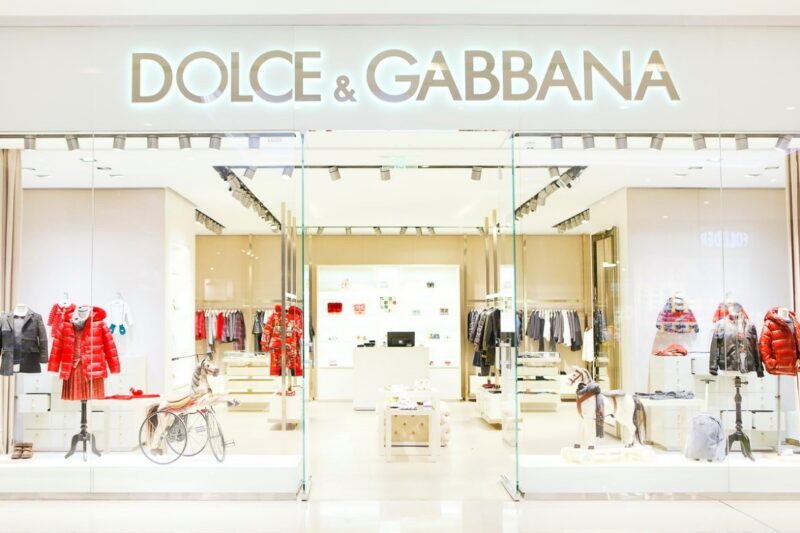
Dolce & Gabbana, a renowned luxury brand, once enjoyed immense popularity in China. However, their reputation suffered a significant blow following the release of a promotional video that was perceived as insulting and discriminatory. As a result, the brand experienced a substantial loss of customers in the Chinese market. Despite efforts to repair their image […]
Strong competition and constant innovation mark Chinese luxury car market

Since China began to produce cars in 2009, the local automotive market rapidly became the largest in the world, even surpassing the US in terms of sales and production. To this day, Chinese luxury car market is still very profitable, worth more than 160 million USD. In Q1 2022, Chinese car brands accounted for 42.9% of […]
Luxury brands collaborate with Chinese artists and museums to connect with local consumers
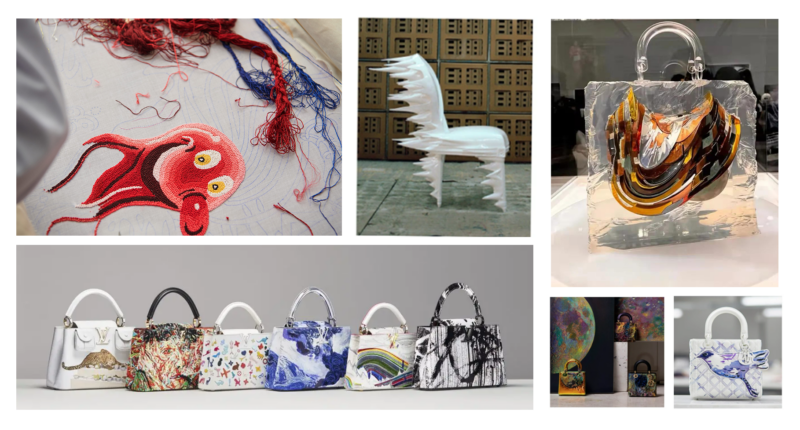
In the last few years, a significant number of luxury brands has collaborated with Chinese contemporary artists and museums. More and more luxury brands have realized that their partnerships with the art world can have a strong marketing power. Here we are going to discuss several reasons for luxury brands to collaborate with Chinese artists […]
Chinese luxury consumers: Low-spending Millennials living in higher-tier cities are the main luxury buyers in China
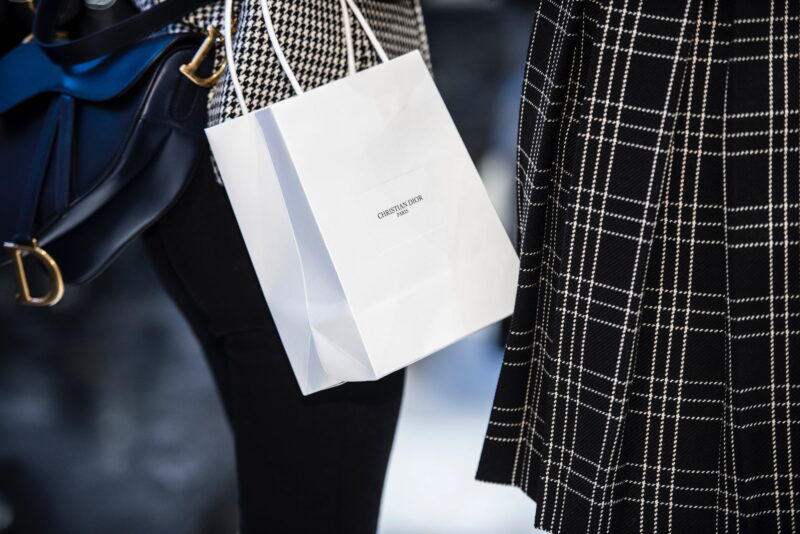
Despite growing global social and economic challenges, Chinese luxury market has developed rapidly in recent years. According to the Bain-Altagamma Luxury Goods Worldwide Market Study, the luxury goods market in China (excluding Hong Kong, Macao, and Taiwan) continued to enjoy double-digit growth in 2021, with some brands growing at over 70%. Due to frequent lockdowns […]
How wealthy Chinese spend their holidays: New trends shaping China’s luxury travel market

Due to the pandemic and the continuous lockdowns in China, China’s travel market, especially China’s luxury travel market has faced big challenges. In 2019, China’s domestic tourism revenue reached 5.73 trillion yuan. However, in 2020, the COVID-19 pandemic caused revenue to plummet by 61%. Although looking more optimistic, China’s domestic tourism revenue in 2021 stopped […]
What happens when luxury fashion brands tap into the F&B industry in China
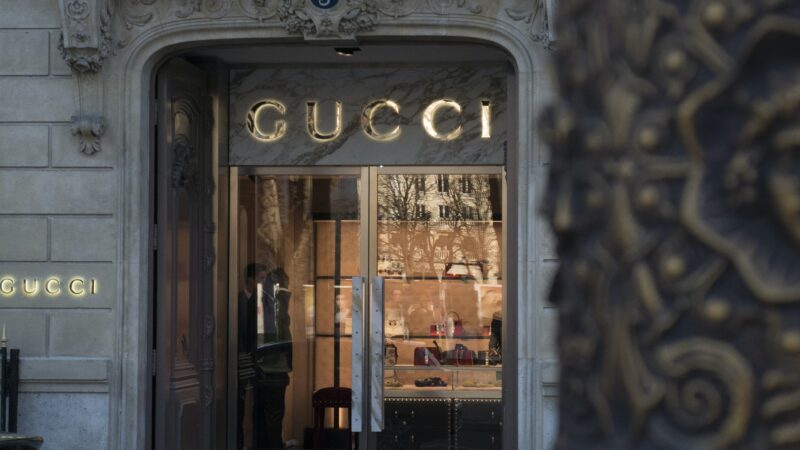
Luxury brands are venturing outside of their core market segment, especially when it comes to Asia. Beyond expanding into fashion-related sectors, such as beauty and jewelry, several luxury fashion brands decided to tap into the F&B industry. In 2015, Gucci made the move to open a restaurant called “1921 Gucci Café” in Shanghai’s luxury shopping […]
China’s luxury leather goods market remains resilient despite the pandemic

Chinese consumers were reported to spend 741 billion RMB on luxury goods in 2021, recording an increase of 36% compared to the previous year. Despite the impact of Covid-19, China’s luxury market has witnessed continuous growth. According to Bain & Company, China’s luxury market accounted for 21% of the global market in 2021, and it […]

